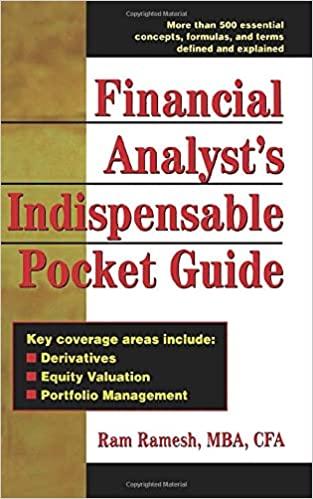
Question 11: a) Exercise on banks as liquidity providers (Diamond and Dybvig (1983). Let us consider an economy lasting for three dates, t=0, 1, 2, and inhabited by two types of utility maximizing consumers. There is a = 0.45 fraction of impatient and a (1 - A) = 0.55 fraction of patient consumers. At the time t=0, all consumers are endowed with 1 unit of consumption good (i.e., the numeraire) and are uncertain about their future liquidity needs. Put differently, until time t=1 consumers do not know their types. Agents' preferences over the consumption are represented by the generic utility function U(C,C2). There are two types of assets. A short-term asset delivers 1 unit of consumption for each unit invested in the previous period or a long-term asset which delivers R=2.6 units of consumption at time t=2 for each unit invested at time t=0. The fraction of endowment investment in the short-term asset is denoted by 0, while (1-0) is the fraction invested in the long-term asset. Please, solve the following questions: 1. Let us assume the presence of financial intermediaries. Consumers' utility over consumption is represented by the following function U(c) = -. Find the optimal investment that the bank makes in the short- and long-term assets. (6 marks) 2. Use the value of parameters to find the numerical values for the investment in the short-, 8, and long-term, (1-0), assets. Assume a penalty for early dismissal of the long-term asset, only r = 0.9 for every unit invested is recovered. If agents fear a run and all withdraw at time t=1, which fraction of consumers will be paid off before the bank runs out of money? (5 marks) 3. Assume banks offer a demand deposit contract that pays a 10% interest rate on the nominal value of deposit for early withdrawal, d, and a 20% interest rate for late withdrawal, d. Which fraction of long-term investment will the bank have to dismiss if 60% (instead of the Please turn over 5 assumed 45%) of consumers decide to withdraw earlier? (hint: for this point, dismissal of long-term assets does not carry a penalty) (5 marks) Question 11: a) Exercise on banks as liquidity providers (Diamond and Dybvig (1983). Let us consider an economy lasting for three dates, t=0, 1, 2, and inhabited by two types of utility maximizing consumers. There is a = 0.45 fraction of impatient and a (1 - A) = 0.55 fraction of patient consumers. At the time t=0, all consumers are endowed with 1 unit of consumption good (i.e., the numeraire) and are uncertain about their future liquidity needs. Put differently, until time t=1 consumers do not know their types. Agents' preferences over the consumption are represented by the generic utility function U(C,C2). There are two types of assets. A short-term asset delivers 1 unit of consumption for each unit invested in the previous period or a long-term asset which delivers R=2.6 units of consumption at time t=2 for each unit invested at time t=0. The fraction of endowment investment in the short-term asset is denoted by 0, while (1-0) is the fraction invested in the long-term asset. Please, solve the following questions: 1. Let us assume the presence of financial intermediaries. Consumers' utility over consumption is represented by the following function U(c) = -. Find the optimal investment that the bank makes in the short- and long-term assets. (6 marks) 2. Use the value of parameters to find the numerical values for the investment in the short-, 8, and long-term, (1-0), assets. Assume a penalty for early dismissal of the long-term asset, only r = 0.9 for every unit invested is recovered. If agents fear a run and all withdraw at time t=1, which fraction of consumers will be paid off before the bank runs out of money? (5 marks) 3. Assume banks offer a demand deposit contract that pays a 10% interest rate on the nominal value of deposit for early withdrawal, d, and a 20% interest rate for late withdrawal, d. Which fraction of long-term investment will the bank have to dismiss if 60% (instead of the Please turn over 5 assumed 45%) of consumers decide to withdraw earlier? (hint: for this point, dismissal of long-term assets does not carry a penalty)







